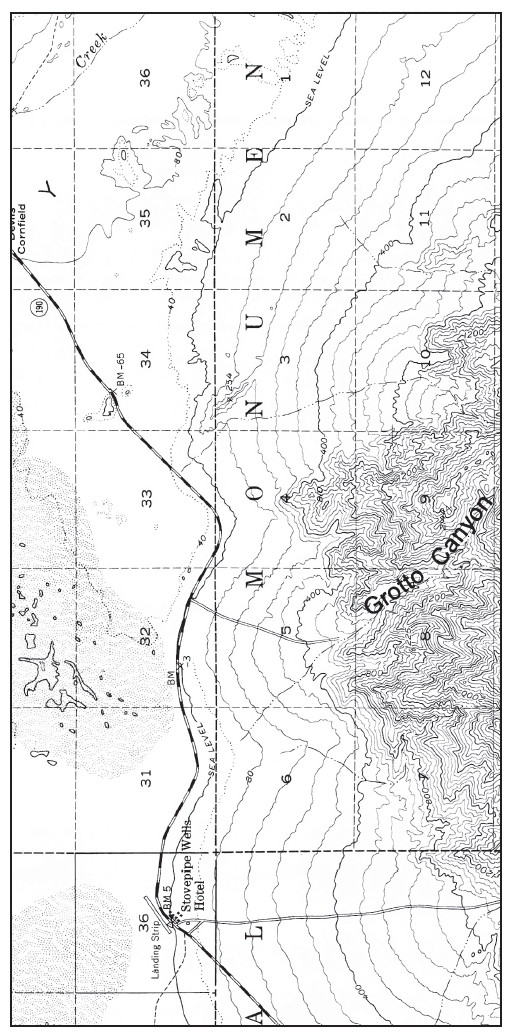What part of the Earth does not have glaciers or ice sheets today?
A) Tropics.
B) Midlatitudes.
C) Polar areas.
D) Tropics and midlatitudes.
E) All of these areas have glaciers or ice sheets today.
E) All of these areas have glaciers or ice sheets today.
You might also like to view...
How many covalent bonds would the following atom usually form?![]()
A. 1 B. 4 C. 2 D. 6 E. It would tend to form ionic bonds.
Which of the following terms refers to a tornado-like event that forms over water?
A. It is the level of the troposphere where the temperature is 0°C. B. It marks the height of the cloud base of a thunderstorm. C. It is the level where the anvil head of a cumulonimbus cloud forms. D. It is the level where entrainment begins.
Describe the evidence for this that you see in the photographs or map.
The questions on the following page are based on Figure 45-4, a stereogram of the Stovepipe Wells region of Death Valley, California, Figure 45-5, a portion of the “Stovepipe Wells, California” quadrangle (scale 1:62,500; contour interval 80 feet; north is to the left side of the stereogram and topographic map), and Map T-27a, color aerial imagery of this same region of Death Valley. Several large alluvial fans that come out of the Tucki Mountains are coalescing to form a bajada 136°35'17"N, 117°06'35"W).

Figure 45-5: USGS “Stovepipe Wells, California” quadrangle. North is to the left side of the page (scale 1:62,500; contour interval 80 feet, dotted lines represent half-interval contours<--N).
Population projections are predictions of the future, assuming that current trends remain the same
Indicate whether the statement is true or false.